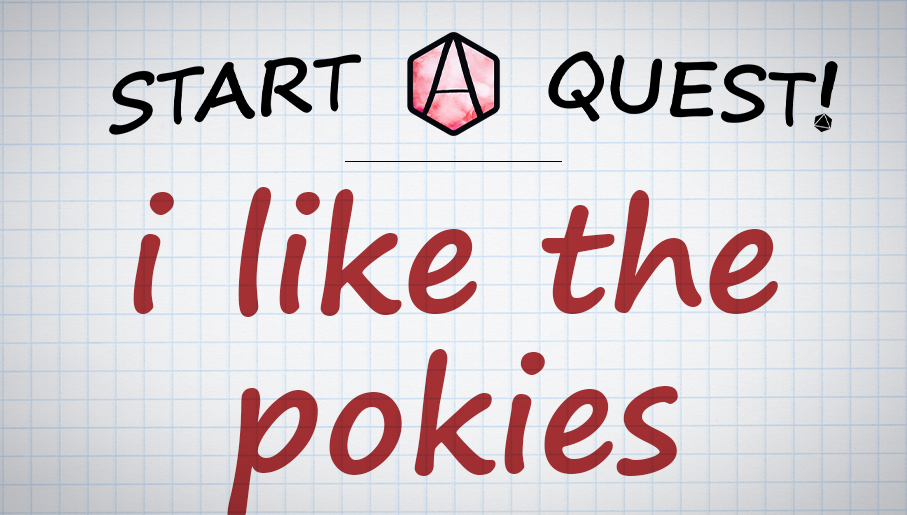This is why your chase scenes suck
If you’ve ever run a chase in D&D and it sucked, it’s the 5E Dungeon Master’s Guide fault. This book will teach you INCORRECTLY to run a chase, but you want to run a chase SCENE.
When the DMG introduces rules for chases, is says:
Strict application of the movement rules can turn a potentially exciting chase into a dull, predictable affair.
And then the book gives rules for creating a dull, predictable affair.
- Everybody rolls initiative and play proceeds in turns and rounds.
- The Dungeon Master tracks distance between the quarry and pursuers.
- Participants may dash a number of times based on their constitution, incurring levels of exhaustion when they exert themselves beyond their limit.
- Participants have a 50% chance to encounter a complication each round, each one requiring some kind of check, slowing you down, inflicting a condition, or dealing damage on failure.
- The chase ends when the quarry is out of sight of the pursuers, and succeeds on a stealth check vs the party’s passive perception.
I want you to pay attention to that second rule, because that’s where you see how the DMG wants Dungeon Masters measure success in their chases: distance. When you prioritize that metric, your CHASE looks more like a footrace. But a chase SCENE, you’d need to look at the fourth rule: complications and obstacles.
In Hot Fuzz, how can you sell that Sergeant Angel is making more progress in the chase than Danny? It’s by looking how competently he tackles the obstacles in their path. Sergeant Angel vaults over the fences, Danny crashes through. The shoplifter gets startled by a car, but Sergeant Angel slides across the bonnet. A chase scene is a story about how your characters overcome obstacles. It should not involve a tape measure.
So here’s a ruleset for better chase scenes:
Setting up
Step 1. Determine who are the QUARRY and who are the PURSUERS. These rules are designed with players in mind as the PURSUERS, and the Quarry are presumed to stay together.
Step 2. Determine the number of FAILURES available. I prefer to allow players three failures in general. But as an optional rule, you could use each player’s CON modifier instead, with a minimum of 1.
Step 3. Decide the number of success needed to catch the quarry. Three is a normal chase. Four is a hard chase. Five is a very hard chase.
Running the chase
Rule 1. There’s no initiative order! The quarry rolls to overcome an obstacle, whatever their result is becomes the DC the players need to beat.
Rule 2. Movement speed matters! If you’re faster than the quarry, roll with advantage. If you’re slower, roll with disadvantage.
Rule 3. The Dungeon Master decides what to roll! You can get crazy with it. Saving Throws, Skill Checks, Ability Checks, you could set IN REAL LIFE challenges if you want and have the players throwing darts.
Player options
The players are always presumed to be DESPERATELY DASHING (which is described above) or they’re DOING SOMETHING ELSE. Here’s the catch: characters who split their focus and decide to DO SOMETHING ELSE do not roll to overcome the obstacle and instead take an automatic failure. But they may earn some other benefits.
- Help an ally (provide advantage or maybe an automatic success)
- Attack the quarry (inflicting damage)
- Slow the quarry (reducing their movement speed)
- Halt the quarry (giving everyone else on the team an auto success)
When attempting this though, you’ve got to take RANGE into account. If you want to use a touch effect on an ally, you need to be on the same number of successes. To use a ranged effect on an ally, you need to be within one success of that ally. And to do ANYTHING to the quarry, you need to be on the second-last success, hot on their heels.
The end result
This is faster and clearer than official DMG chases. It becomes more of a collaboration of gameplay rather than a rigid sequence of play with intermittent math.



